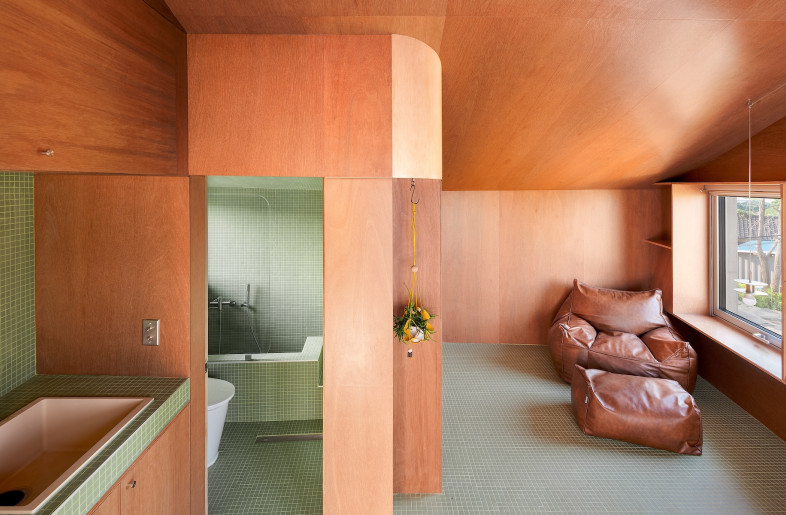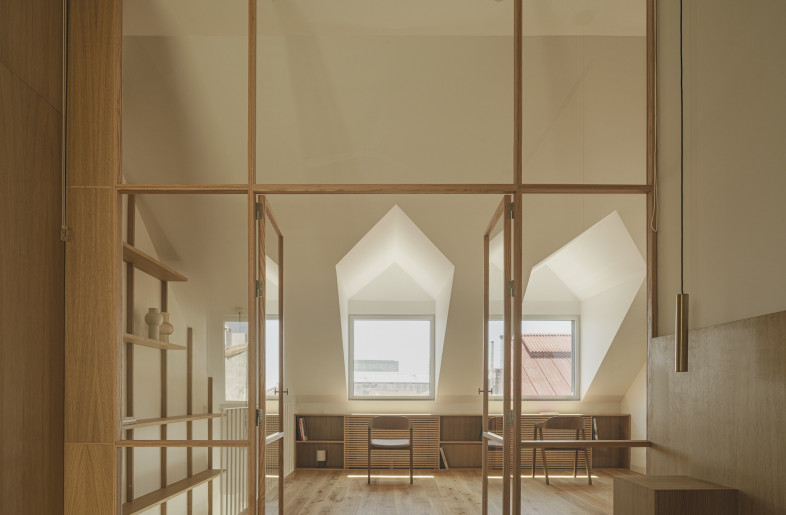Report Recap: Learnings on living from Ikea’s Life at Home 2023 Report

For its 10th annual Life at Home report, Ikea set out to gain new data and insights surrounding domestic life while culminat
Create a free account to read the full article
Get 2 premium articles for free each month
Related Articles
MORE Living
Can one space support both farming and living? A Korean house advocates for symbiosis

From office building to apartments, these projects fill the housing gap in busy cities
-cover-thumb.jpg)
FRAME’s summer selection: 10 fresh, sunny spaces for the season’s dog days

Environmental and cultural sustainability embed a Dutch artist's residence in its locale
-Cropped-thumb.jpg)
A trio of patios shape a new kind of indoor-outdoor living at a Mediterranean villa

If linking the built environment to the natural is the goal, a Tulum apartment complex hits the mark
-thumb.jpg)
Why housing needs to catch up with an ageing population

Prefabrication and programmatic duality transform a former warehouse into a live-work space

In Quebec, strategic openings bring light and flow to a suburban home
